
Spring Mountains
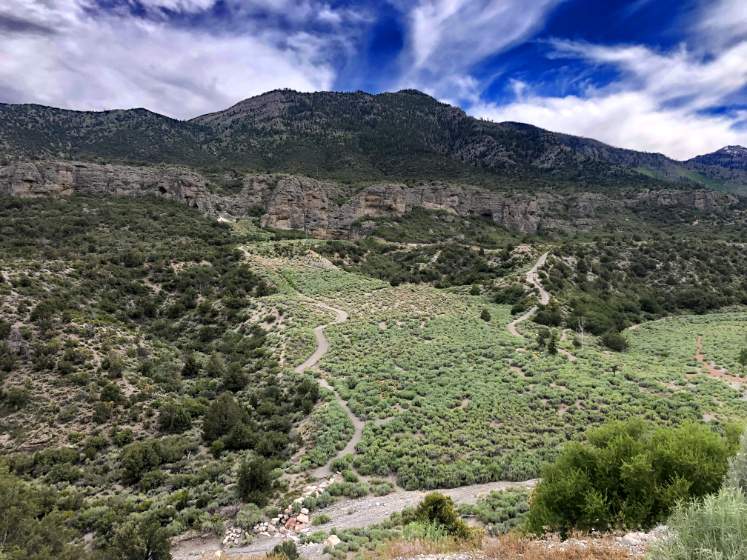

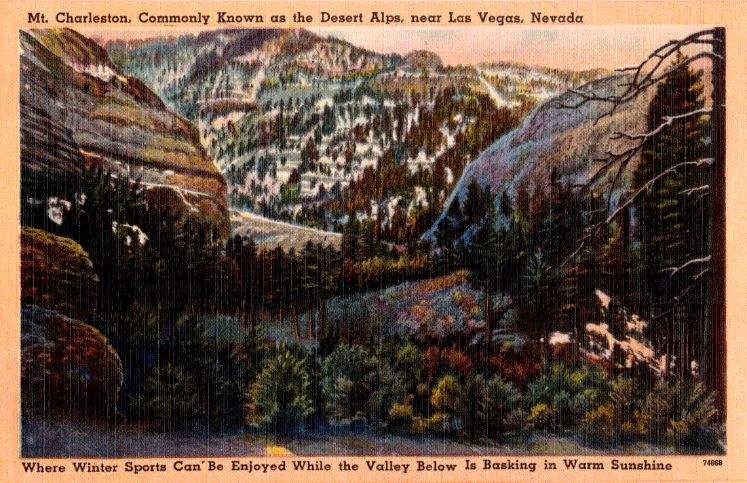
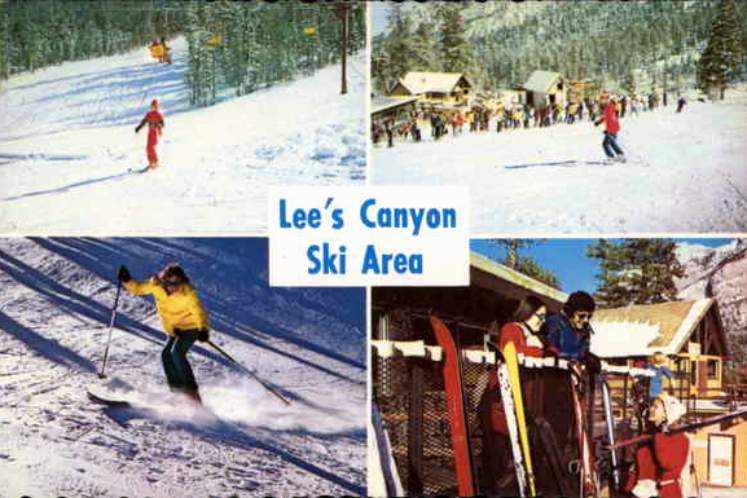
Lee Canyon Ski Area was created in 1964.
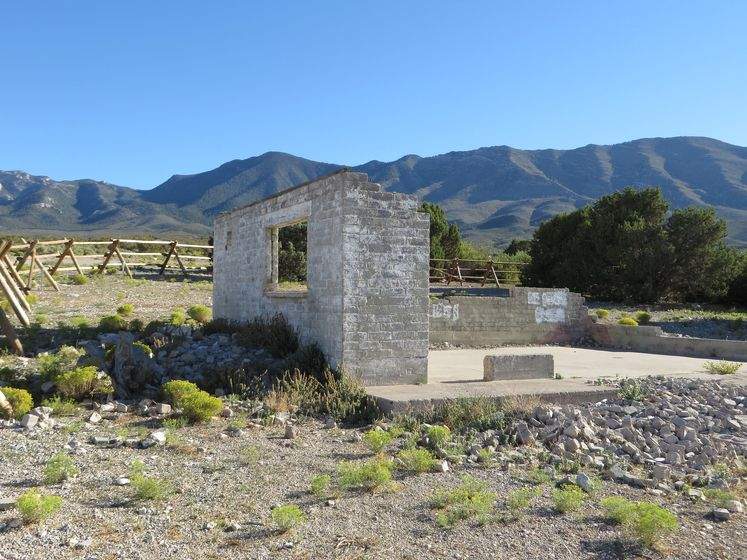
"Cold Creek Ranch Historic Site, Springs Mountains National Recreation Area, Cold Creek, Nevada. " by Ken Lund is licensed under CC BY-SA 2.0.
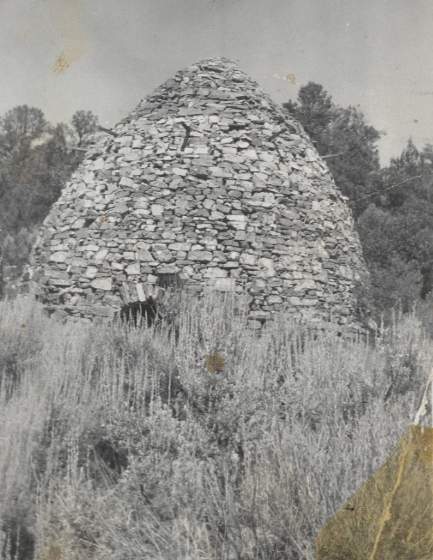
Three charcoal kilns were built on present-day Wheeler Pass Road in 1875. They were used until 1910. Currently, the remains of the unpreserved charcoal kilns still exist.
Photograph of kiln in Wheeler Canyon, Pahrump (Nev.), 1950s. Dorothy Dorothy Collection. UNLV Libraries Special Collections & Archives. Original cropped by The Historic Las Vegas Project.
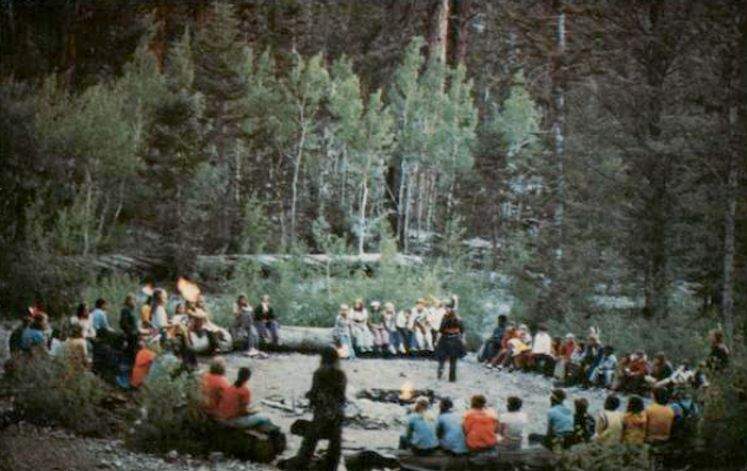
Camp Foxtail opened in 1951 and served as a campground for the Girl Scouts of Southern Nevada. It closed in 2017 due to costly maintenance repairs and the preservation of the endangered Mt. Charleston Blue Butterfly.

The original Mount Charleston Lodge opened in 1915 and was destroyed by a fire in 1961.
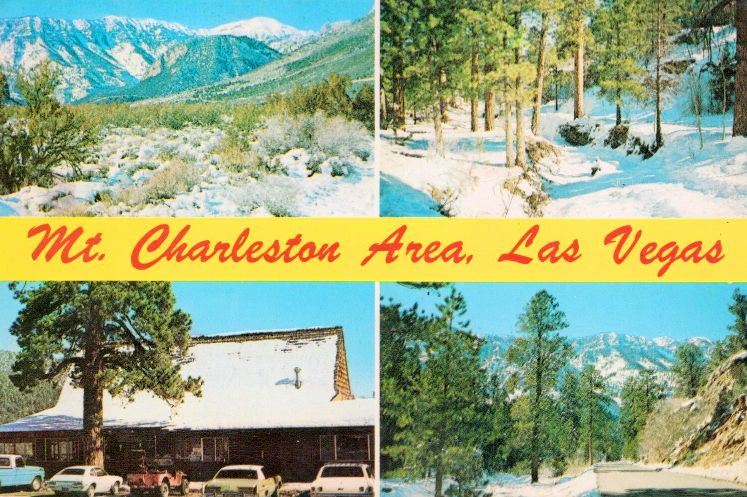
The second Mount Charleston Lodge pictured above was built in 1962 and was destroyed by a fire in 2021.

Camp Lee Canyon. Listed on the National Register of Historic Places.
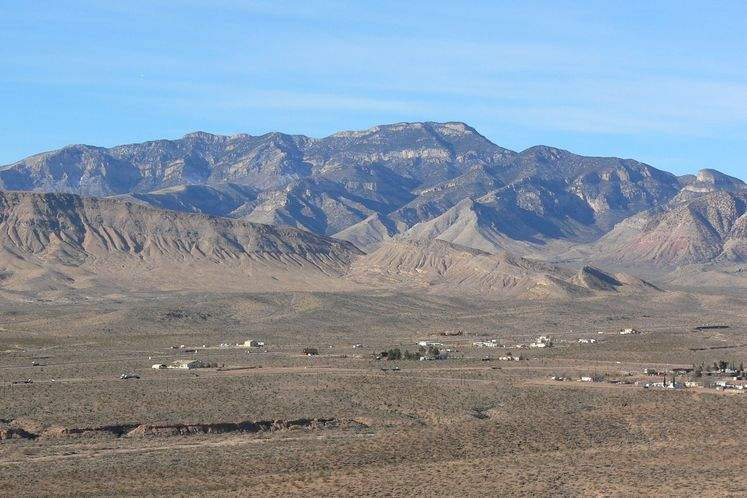
Mount Potosi. Listed on the National Register of Historic Places.
"Mount Potosi seen from the east" by Stan Shebs is licensed under CC BY-SA 3.0.
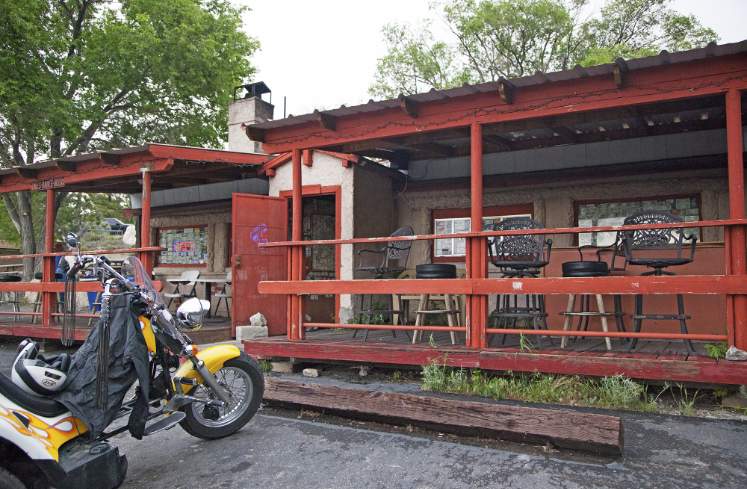
Mountain Springs Saloon. Opened in 1952. Located at 19050 State Hwy 160 in Clark County.
"Mountain Springs Saloon " by Sydney Martinez/TravelNevada is licensed under CC BY-NC-ND 2.0
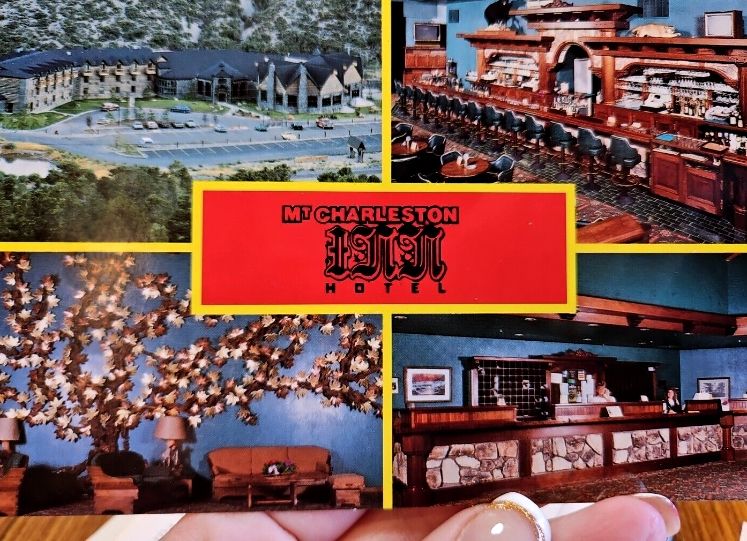
Mt. Charleston Inn Hotel. Built in 1985. Located at 2755 Kyle Canyon Road, Mount Charleston, Nevada.
"Once an island in an ancient sea, these forested mountains now stand as an island in the desert.
At 11,918 feet, Charleston Peak is the third highest in Nevada. It was named in 1869 by a U.S. Army mapmaker after his home town of Charleston, South Carolina.... "
(Spring Mountains National Recreation Area)
"It is a place that is alive and has power. The land has feelings to greet you, eyes to see you, and ears to hear you. It talks from every place in your sight. All of the plants, animals, rocks, water, snow, and air in this landscape are living and need to be in balance to remain healthy.
To sustain this balance, we treat all being with the utmost respect, as we have since the beginning of time. We are inseparable from these mountains, which are powerful, yet delicate. Our language and songs resonate through the springs, trees, rocks, and animals. We harvest resources here and renew our cultural and familial ties.
Nuwuvi (Southern Paiute) continue to care for this land as we have for thousands of years, long before it became a National Recreation Area. We, along with the U.S. Forest Service, actively strive to keep the land in balance in culturally appropriate ways. Although you may not see us, you will surely hear our voices and feel our presence.
Take a moment to get acquainted with this special place and allow it to know you. Use your senses and open your heart. This is a landscape where your spirit can be replenished and you can learn valuable lessons…"
(Nuwuvi Working Group 2009)
"On a cold winter day in 1955, fourteen men boarded a C54 aircraft bound for Area 51. A short time after take-off, a snowstorm ensued and their plane crashed near the peak of Mt. Charleston, NV.
A Las Vegas Sheriff’s Mounted Posse, along with several US Air Force personnel, experienced a grueling 20-hour ordeal in severe weather, with few provisions, as they attempted to reach the crash site and recover the bodies from the plane. The secrecy of the U2 was so vital to United States’ security that the families of the passengers were given no details as to the reason their loved ones were aboard the plane that day, their work remaining a mystery to their spouses and children. To ensure silence, the men in the Sheriff’s Posse were sworn to secrecy.
For over four decades the circumstances of the C54 Crash remained buried in top-secret documents, eventually declassified in September 1998."
(Mt. Charleston Hiking Trail)
The Soda Straw Cave near Deer Creek Road on Mount Charleston was discovered in 1961 and sealed in 1965. The exact location is undisclosed due to the Federal Cave Resource Protection Act of 1988.
State Route 156 (Lee Canyon Road), State Route 157 (Kyle Canyon road), and State Route 158 (Deer Creek Road), are listed as Nevada Scenic Byways.
Toiyabe National Forest established in 1907.
Humbolt National Forest established in 1908.
Mount Charleston Wilderness Area established in 1989.
La Madre Mountain Wilderness Area established in 2002.
Rainbow Mountain Wilderness Area established in 2002.
Spring Mountains National Recreation Area established in 1993.